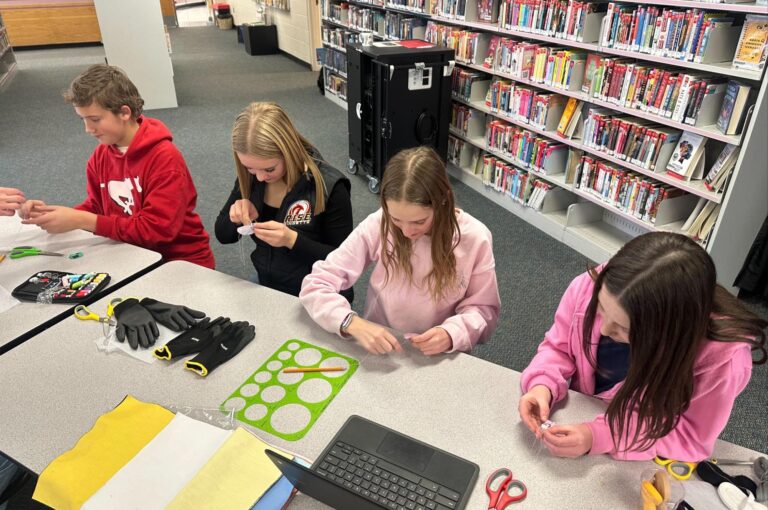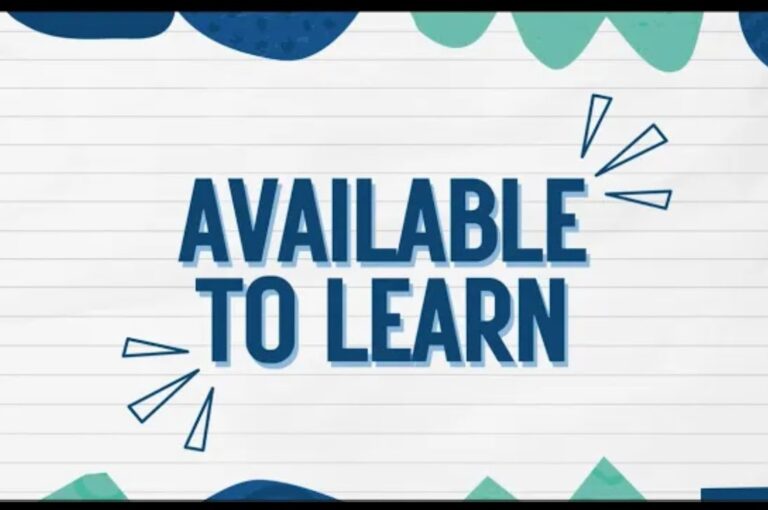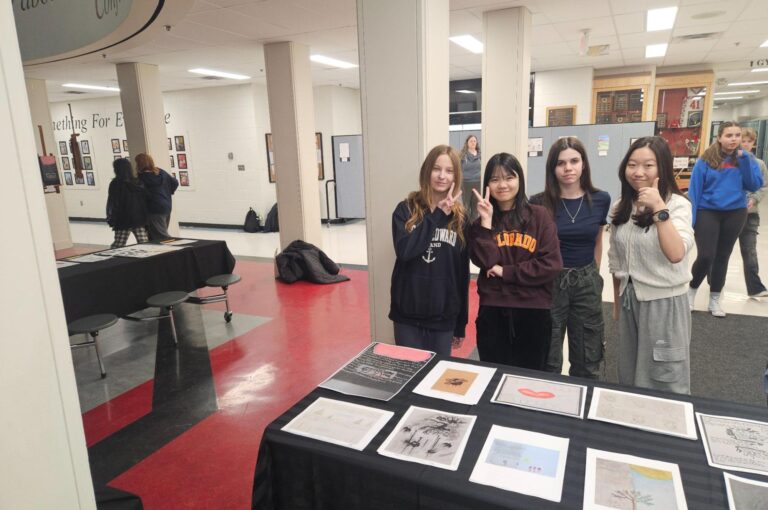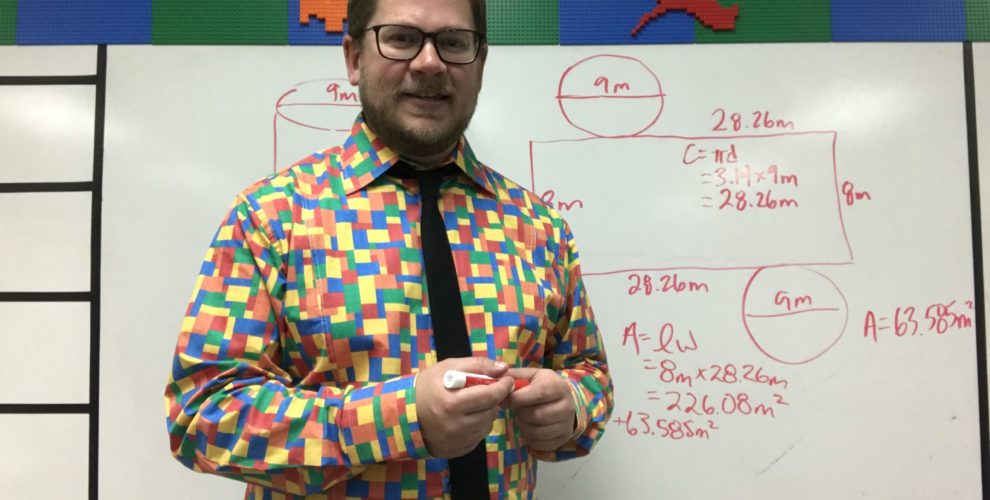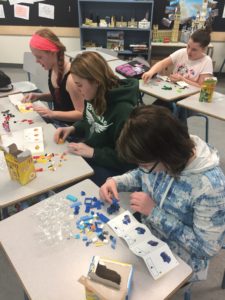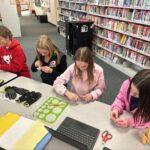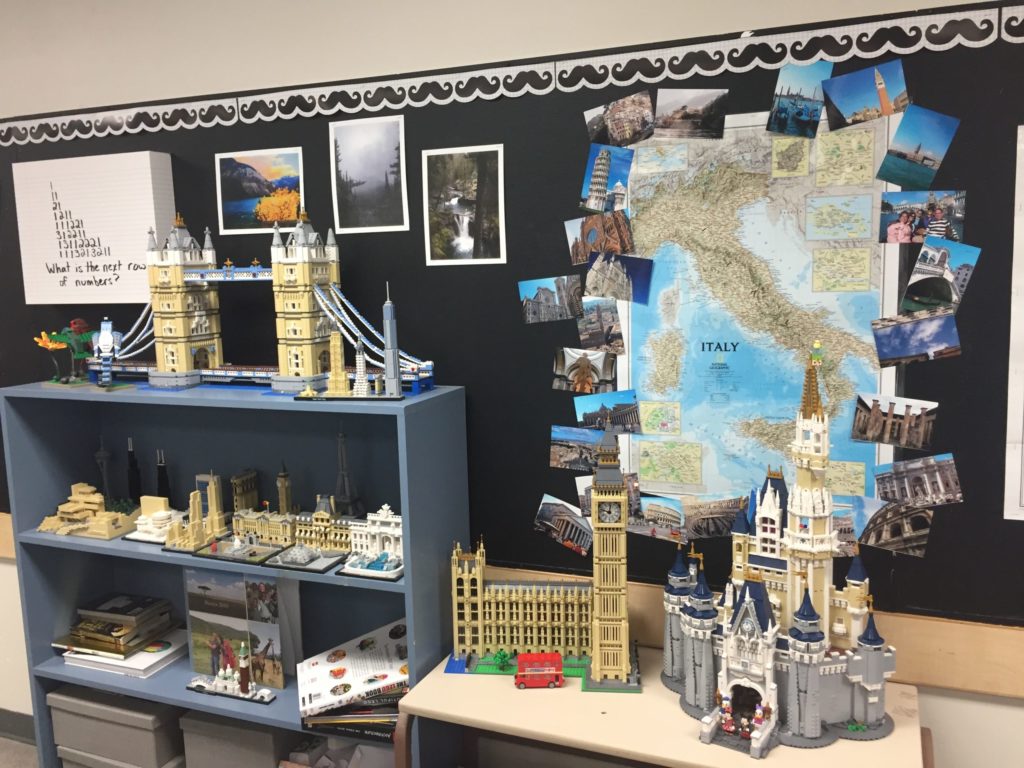 Walking into my classroom you wouldn’t immediately know that it was a place where math teaching and learning takes place. You’d see moustache decorations, maps and travel photos, random art and all kinds of things that aren’t “math.” And LEGO, lots and lots of LEGO – somewhere around 50000 pieces of it. I’d love to say it was intentional but it’s really more of a happy accident that this has come to play a big role in decreasing the math anxiety in my students.
Walking into my classroom you wouldn’t immediately know that it was a place where math teaching and learning takes place. You’d see moustache decorations, maps and travel photos, random art and all kinds of things that aren’t “math.” And LEGO, lots and lots of LEGO – somewhere around 50000 pieces of it. I’d love to say it was intentional but it’s really more of a happy accident that this has come to play a big role in decreasing the math anxiety in my students.
Math Anxiety
Math anxiety is one of the biggest challenges I face as a teacher. It’s a problem only made worse because it is socially acceptable. Every year at parent teacher interviews, I have parents say they aren’t “good at math” and that they understand why their child doesn’t like it or doesn’t get it. Kids come to my class on the first day already stressed out just by the name of the course. Before they come in the room they have already decided that they “are no good at math” or “hate math” (they quickly learn saying that is as bad as swearing in my room). My room full of LEGO has had an interesting effect though. Students are quickly distracted by the LEGO that surrounds them and seem to leave their worries at the door. This is my chance to pounce on the opportunity, when their shields lowered and their minds are curious.
Breaking Barriers
We spend a bit of time talking about LEGO – “How many LEGO sets do you have?” “Did you build all of this yourself?” “Which one is your favourite?” (definitely the Eiffel Tower) and my favourite question, “Which set is the biggest?” (what a great math question… biggest in size or in number of pieces?). In that small bit of time, the students have gone from being worried about walking in the door to being inquisitive and engaged.
They don’t see me as the big, scary math teacher; they see someone who is a bit weird, silly, and approachable but who also must be “good at math” if he can teach it.
That first impression sets the tone for the rest of the year. The anxiety isn’t eliminated day one but it does get softened. The kids can breath, they feel safe, and they don’t start the year feeling defeated.
LEGO Has Many Uses
LEGO becomes a bit of a security blanket in my room. It’s a common thread that is woven throughout the course and pops up in many different places. LEGO can be used as a tool and manipulative in math, and there are many amazing ideas online of how to use LEGO to teach different math concepts. For me, it is about the idea that math is accessible and allows for authentic engagement. Most kids have experience with LEGO so it brings a level of comfort and ease of anxiety when we use it. When learning about ratios, I give them a handful of LEGO and get them to come up with as many ratios as possible from their pieces (lots start off with colour, some start to compare by size or shape… there are countless combinations). While learning about unit rate we talk about how the price of LEGO sets is determined (most are approximately ten cents per piece). For dimensional views, I give them a LEGO block to draw the views of. For surface area, we talk about how much wrapping paper you would need to wrap the LEGO set they bought Mr. Janzen for his birthday.
The Power of Play
Other ways LEGO in my classroom has contributed to decreasing student anxiety (and increasing engagement) are the ideas of play and making mistakes. I think both are foundational to success in mathematics. We talk a lot about “playing” in my class. I once heard a presenter use the word “play” instead of “work.” It is something I have tried to incorporate into my teaching. Instead of telling kids to get to work on something, I tell them to go play with it. Even something as simple as that has decreased the anxiety I see in some students. Playing has much more freedom and creativity than working. It’s also a lot more acceptable to make mistakes when playing. Kids often ask me if I would be mad if something happened to the LEGO in my room. I always reply that if it breaks, we can fix it. Mistakes aren’t the end of the world and they usually open doors; you can build it over again or try something new and different. Just like when solving a problem in math. Mistakes are opportunities to learn from.
LEGO and Success
These ideas may not work for every student. I have kids dealing with anxiety in math throughout the year and do my best to work with them and help them find success. The LEGO in my classroom just seems to break through some of the barriers that arise from math anxiety and helps create that safe space where the kids are free to explore, discover, and learn.
For some more great examples of how LEGO can be used in the classroom, check out these links:
LEGO Foundation Programmes and Projects
We Are Teachers: It Turns Out, You Can Use LEGO Bricks to Teach All Kinds of Math Concepts

